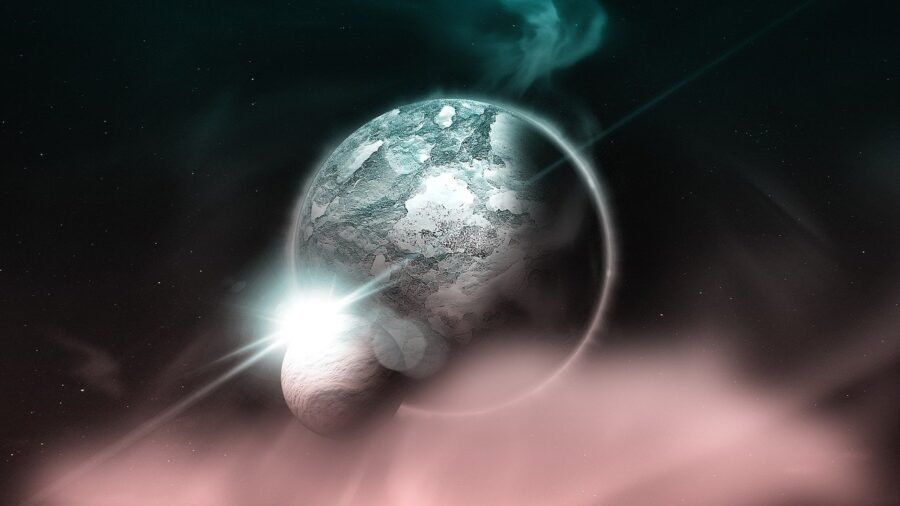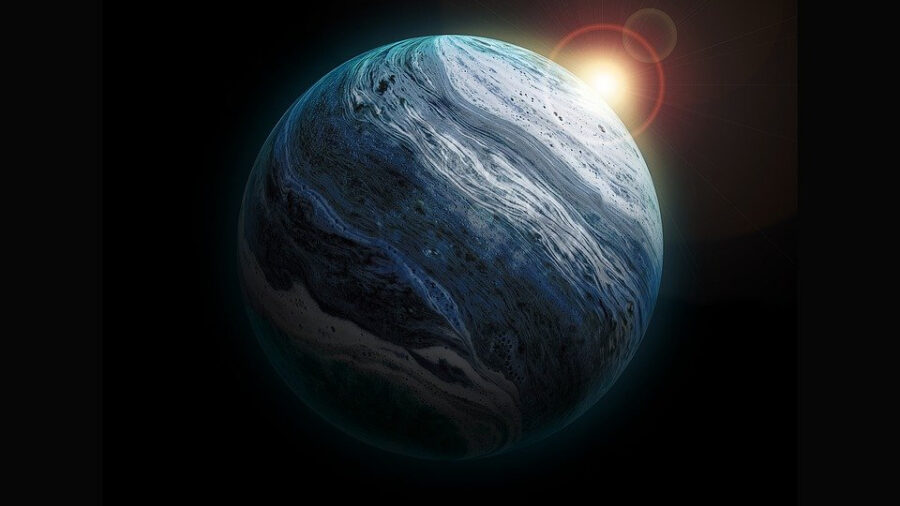Posted by Britta Devore | updated

If you’re still reeling from the shock surrounding Pluto’s downgrade from planet to dwarf planet, you might want to proceed with caution. In today’s piece of cosmic news, a group of dedicated researchers is devoting their time and resources to uncovering the truth about Planet X – a possible ninth planet in the Kuiper Belt.
New research suggests that what was thought to be the ninth planet in our solar system may actually be a large pile of space debris.
While there has been nothing short of a back-and-forth mentality when it comes to how experts have viewed the mystery of space over the years, a recently published research paper in MNRAS messages He delves into the latest theories surrounding the anomaly, believing it to be essentially a giant piece of space junk.
In their findings, the researchers say Planet X may just be a bunch of space junk that found itself entwined together billions of years ago to form what appears to be a planet.
This theory is much less exciting than theories of the last century who suggested that there is another planet to be blamed for the strong gravitational pull that befell Neptune and Uranus, but it could be a major step in uncovering the truth behind the so-called. Planet X.
Where is Planet X located?

Baffling those in the scientific community for more than 100 years, and causing controversy about its existence, Planet X is now believed to be hanging in the Oort Cloud rather than its original location in the Kuiper Belt.
Known as the spherical region that circles our solar system, the Oort Cloud is a place where icy bodies go to torment – gravitationally caught where they stay forever. In this cloud of debris, the scientists behind the new article theorized about the emergence of Planet X.
According to the researchers, there is also the possibility that Planet X is a planet from another solar system that has managed to suck itself into the Oort Cloud, trapped forever. Right now, it’s not overly clear what the correct answer is, and even these scientists concede that it could be because neither theory is correct.
While the chances of the sun sending a planet into the Oort cloud are 50 percent, there is only a 7 percent chance that the cloud’s pull could trap a Neptune-sized planet in its clouds.
There is also the possibility that Planet X is a planet from another solar system that has managed to absorb itself into the Oort Cloud.
It’s been an exciting few weeks of space exploration as NASA has revealed giant steps forward for astronauts by creating a way to turn urine and sweat into water – allowing space travelers to go on longer expeditions.
And although Planet X is the focus of today’s article, Mars has also grabbed the headlines as scientists think there’s a chance water can make its way to the Red Planet – even if that means in a few (billion) years.
As for the truth behind Planet X, there’s still a lot to be discovered when it comes to determining exactly what the object is and how it got to the Oort Cloud. Given its location and our involvement in other activities, it seems unlikely that any close exploration will take place any time soon.

“Reader. Infuriatingly humble coffee enthusiast. Future teen idol. Tv nerd. Explorer. Organizer. Twitter aficionado. Evil music fanatic.”
